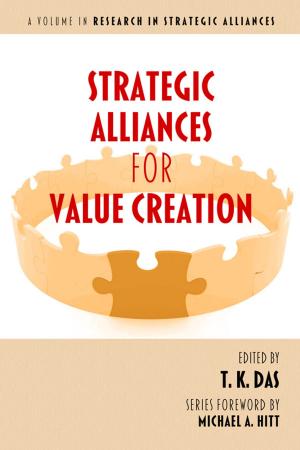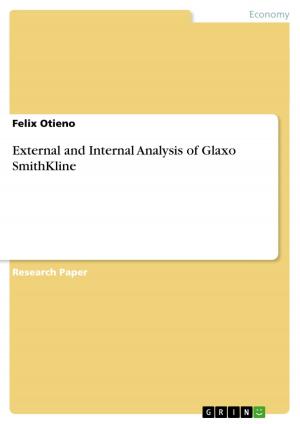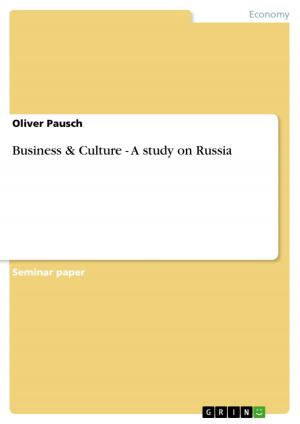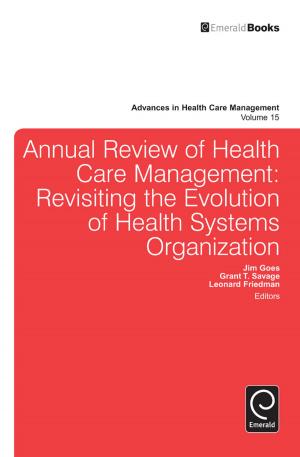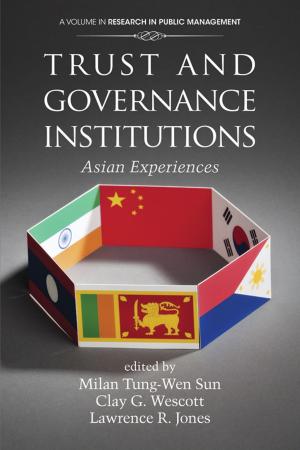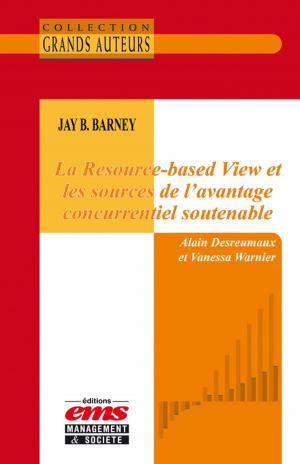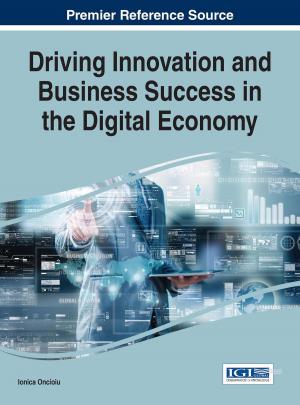Applying the Principles of Highly Reslient Organizations and Sensemaking to Assessing Internal and External Factors in Emergency Planning: A Case Study for the Next Hurricane Sandy
Nonfiction, Reference & Language, Education & Teaching, Educational Theory, Adult & Continuing Education, Leadership| Author: | Michael G. Lehan, Cynthia LeBlanc | ISBN: | 9781311519122 |
| Publisher: | Michael G. Lehan | Publication: | January 18, 2015 |
| Imprint: | Smashwords Edition | Language: | English |
| Author: | Michael G. Lehan, Cynthia LeBlanc |
| ISBN: | 9781311519122 |
| Publisher: | Michael G. Lehan |
| Publication: | January 18, 2015 |
| Imprint: | Smashwords Edition |
| Language: | English |
This case study provides emergency preparedness and business continuity professionals - public and private sector alike – with a view of Hurricane Sandy that focuses on examining external and internal assessment tools used in emergency management strategic planning. The magnitude and diversity of disruptions that Hurricane Sandy ("Sandy") presented, plus the likelihood of similar events occurring in densely populated areas of the United States, are the main reasons. Additionally, the volume of news coverage and reporting regarding the long-term after effects provide emergency management professionals with a depth of information and variety of perspectives. Specifically, there are significant differences in descriptions and perceptions of events, behaviors and organizational responses during the aftermath that warrant review. Understanding the differences between reality and perception as well as the basis for those differences are important learning opportunities for emergency management professionals who are interested in increasing their assessment skills. This case study is one small effort towards a greater understanding of successful strategic planning in the field of emergency management.
This case study, through the lens of Hurricane Sandy provides an opportunity to integrate "sensemaking" and Highly Resilient Organizational principles and tools into emergency managers' assessment skills. Since assessment of internal and external variables is such a critical aspect of emergency management planning it is important to have powerful and comprehensive analytical tools as possible prior to the event - in this case a predicted weather related disruption.
While sensemaking and Highly Resilient Organizations are concepts that have been discussed academically for some time, they are just making their way into mainstream thinking. Both sets of concepts are vital to emergency managers’ analytical tool kits in an increasingly disruptive world. Both sets of concepts result in durable, more profitable and more capable organizations in the face of disruptions of all types.
This case study provides emergency preparedness and business continuity professionals - public and private sector alike – with a view of Hurricane Sandy that focuses on examining external and internal assessment tools used in emergency management strategic planning. The magnitude and diversity of disruptions that Hurricane Sandy ("Sandy") presented, plus the likelihood of similar events occurring in densely populated areas of the United States, are the main reasons. Additionally, the volume of news coverage and reporting regarding the long-term after effects provide emergency management professionals with a depth of information and variety of perspectives. Specifically, there are significant differences in descriptions and perceptions of events, behaviors and organizational responses during the aftermath that warrant review. Understanding the differences between reality and perception as well as the basis for those differences are important learning opportunities for emergency management professionals who are interested in increasing their assessment skills. This case study is one small effort towards a greater understanding of successful strategic planning in the field of emergency management.
This case study, through the lens of Hurricane Sandy provides an opportunity to integrate "sensemaking" and Highly Resilient Organizational principles and tools into emergency managers' assessment skills. Since assessment of internal and external variables is such a critical aspect of emergency management planning it is important to have powerful and comprehensive analytical tools as possible prior to the event - in this case a predicted weather related disruption.
While sensemaking and Highly Resilient Organizations are concepts that have been discussed academically for some time, they are just making their way into mainstream thinking. Both sets of concepts are vital to emergency managers’ analytical tool kits in an increasingly disruptive world. Both sets of concepts result in durable, more profitable and more capable organizations in the face of disruptions of all types.

